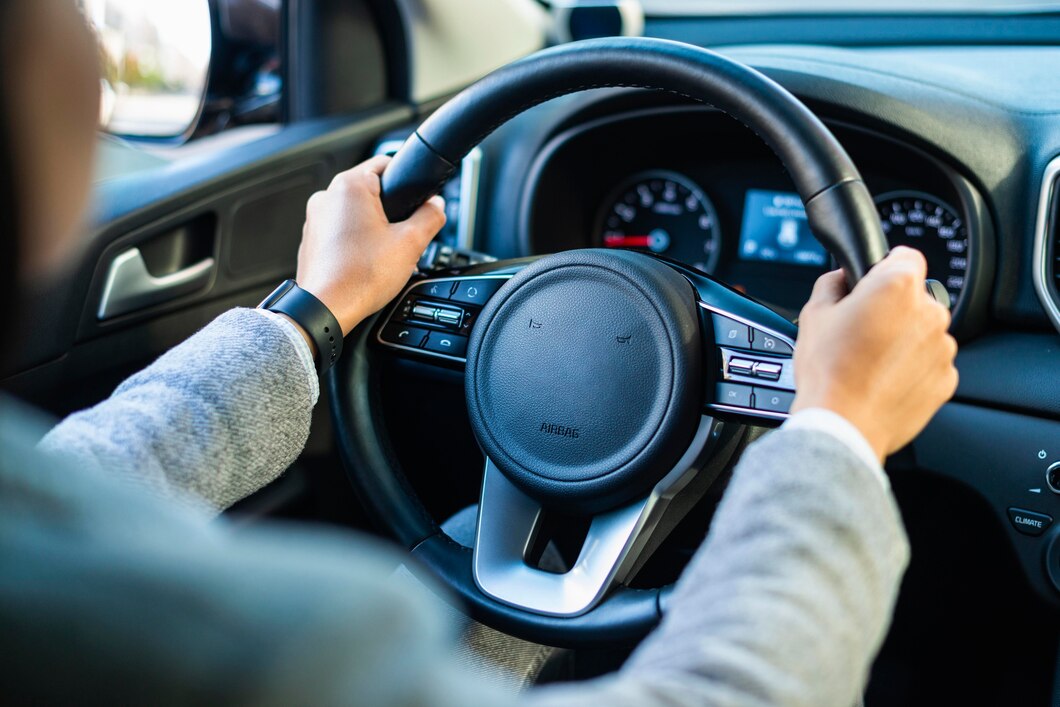Ball joints are essential components of your car’s suspension system, connecting the steering knuckles to the control arms. They allow for smooth movement and rotation of the wheels while supporting the weight of the vehicle. Over time, ball joints can wear out due to constant use and exposure to road conditions, leading to potential safety hazards if not addressed promptly. Recognizing the early signs of failing ball joints can help you avoid accidents and costly repairs. Here are some indicators that your car’s ball joints may need replacement:
1. Clunking or Knocking Noise
One of the most common signs of worn ball joints is hearing clunking or knocking noises coming from the front suspension when driving over bumps or rough roads. This noise is typically caused by excessive play or looseness in the ball joint, allowing the control arm to move erratically.
2. Steering Wheel Vibration
Worn ball joints can cause vibrations in the steering wheel, especially at higher speeds or when making turns. This vibration is often accompanied by a feeling of looseness or play in the steering, indicating that the ball joints are no longer providing adequate support and stability.
3. Uneven Tire Wear
Faulty ball joints can affect the alignment and stability of the wheels, leading to uneven tire wear. If you notice that the tread on your tires is wearing unevenly, particularly on the inner or outer edges, it could be a sign that the ball joints are worn and causing the wheels to tilt or lean.
4. Wandering or Drifting
Another early sign of failing ball joints is a sensation of wandering or drifting while driving, especially at higher speeds. You may find it more difficult to keep the car straight or feel like it’s pulling to one side, even when the steering wheel is centered. This can indicate that the ball joints are no longer providing proper alignment and control.
5. Difficulty Steering
As ball joints wear out, you may experience increased resistance or difficulty when steering, particularly when making sharp turns or maneuvers. This can make the steering feel stiff or unresponsive, affecting your ability to control the vehicle effectively.
6. Visible Damage or Play
Performing a visual inspection of the ball joints can also reveal signs of wear or damage. Look for any signs of corrosion, rust, or grease leaks around the ball joint housing. You can also check for excessive play or movement in the ball joint by jacking up the vehicle and using a pry bar to apply pressure to the joint.
7. Sudden Changes in Handling
If you notice sudden changes in your car’s handling, such as increased body roll or a feeling of instability when going around corners, it could be a sign of failing ball joints. These changes in handling can occur as the ball joints deteriorate and lose their ability to provide proper support and control.
The ball joints are crucial components of your car’s suspension system, and maintaining them in good condition is essential for safe and reliable driving. If you notice any of the early signs mentioned above, it’s important to have your ball joints inspected by a qualified mechanic as soon as possible. Ignoring worn ball joints can lead to further damage to other suspension components and potentially dangerous driving conditions. By addressing the issue early on, you can ensure that your car remains safe and roadworthy.











